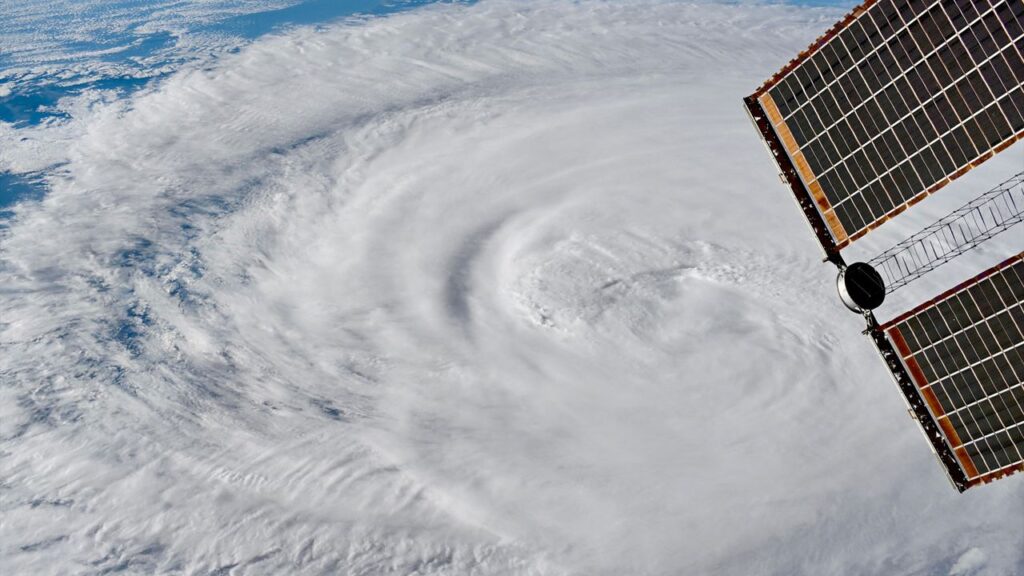
Japanese astronaut Kimiya Yui provided a rare glimpse into the power of nature from the International Space Station (ISS) as he observed two typhoons this week. The observations came amid ongoing scientific activities aboard the ISS, which faced disruptions due to the U.S. government shutdown. Despite the challenging environment, Yui’s updates on social media highlighted his unique view of Typhoon 22 and Typhoon 23, both of which are classified as tropical cyclones.
Typhoons Captured from Orbit
On October 9, 2025, Yui shared his observations of the storms, noting that the “eye of Typhoon 22 has become somewhat unclear, but it still appears to be maintaining its strong intensity.” He described Typhoon 23 as being “a bit distant,” yet still exhibiting swirling rain clouds on its southern side. His message included a reminder for those on the ground to “stay safe while keeping up with the latest typhoon information.”
These storms are significant not only for their impact on the weather but also for the insights they provide into climate patterns. Typhoons and hurricanes are both types of tropical cyclones, with the former term used in the Northwest Pacific and the latter in the Atlantic and central/eastern North Pacific regions.
Scientific Endeavors and Crew Updates
In addition to monitoring the typhoons, Yui is actively participating in critical maintenance and scientific research aboard the ISS. He recently collaborated with his crewmates and ground controllers to prepare for the upcoming arrival of Japan’s next-generation cargo vehicle, the HTV-X. Yui stated, “Preparations to welcome HTV-X to the ISS are steadily progressing.” As part of his responsibilities, he will operate the Canadarm2 robotic arm during the vehicle’s approach, a task he described as significant yet manageable with team cooperation.
As of October 10, 2025, the ISS is home to seven crew members: Expedition 73 commander Sergey Ryzhikov of Roscosmos, fellow cosmonauts Alexey Zubritsky and Oleg Platonov, along with NASA astronauts Jonny Kim, Zena Cardman, Mike Fincke, and Yui himself. Alongside the crew, the station has two docked crew spacecraft: SpaceX’s Dragon “Endeavour” and Roscosmos’ Soyuz MS-27.
Additionally, there are four cargo spacecraft currently docked: Progress MS-31 and Progress M-32 from Roscosmos, SpaceX’s CRS-33 Dragon, and Northrop Grumman’s NG-23 Cygnus spacecraft.
The ISS has been continuously crewed for an impressive 24 years, 11 months, and 8 days, showcasing the enduring commitment to space exploration and international collaboration in science.







